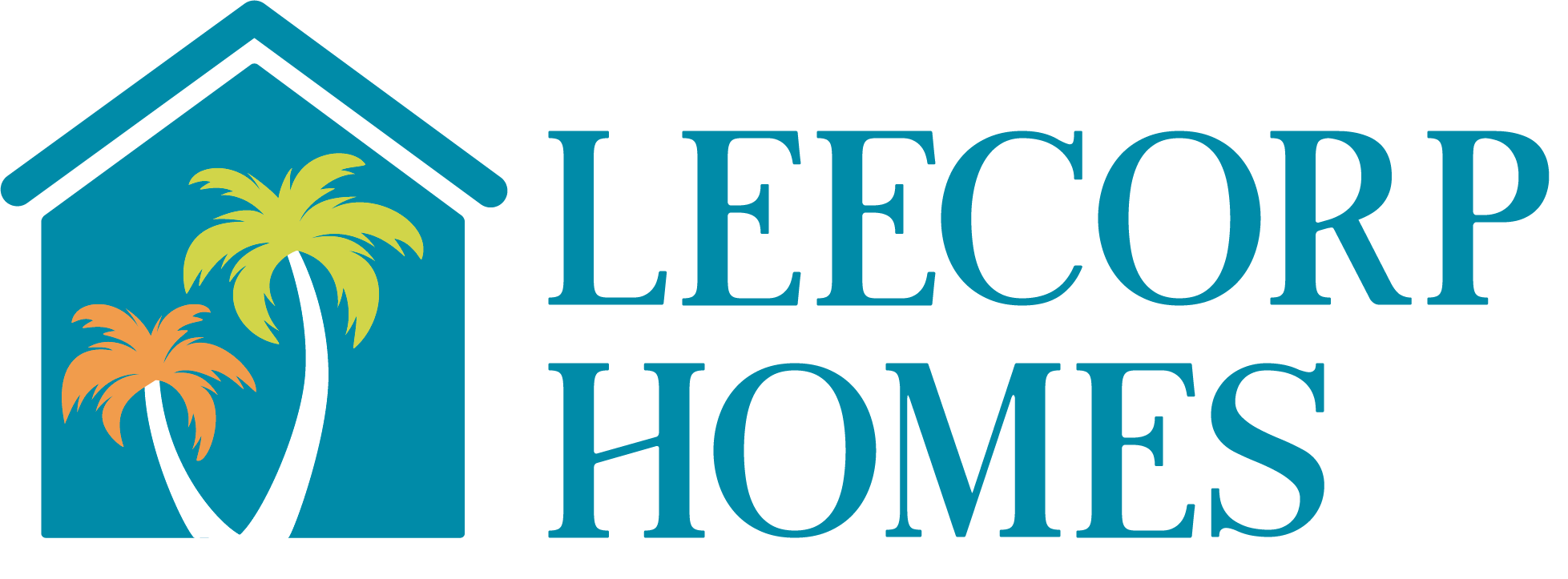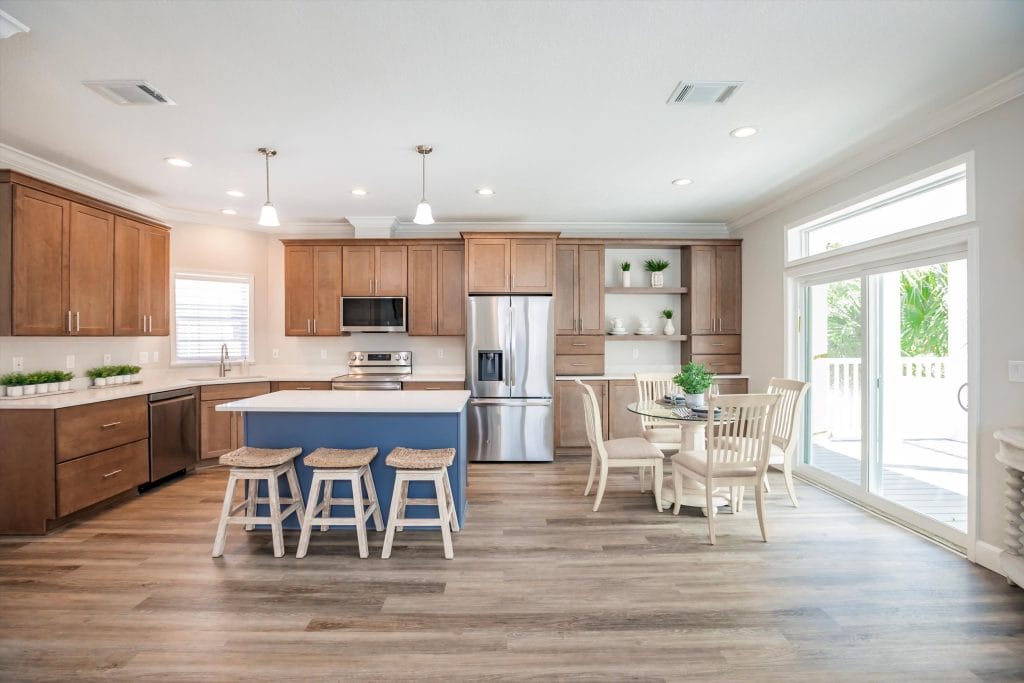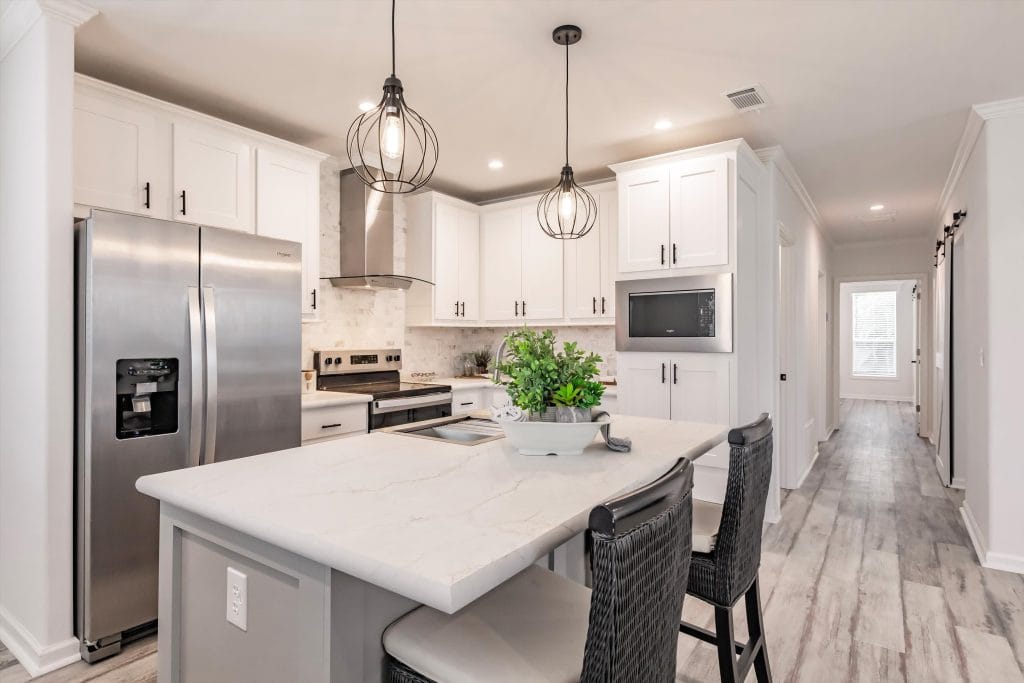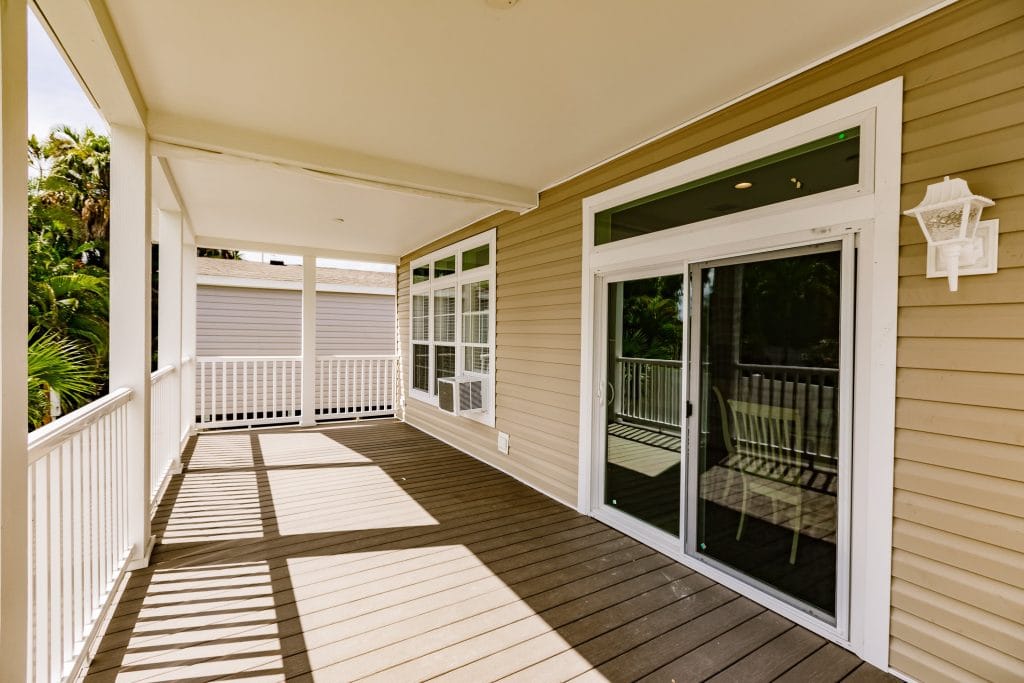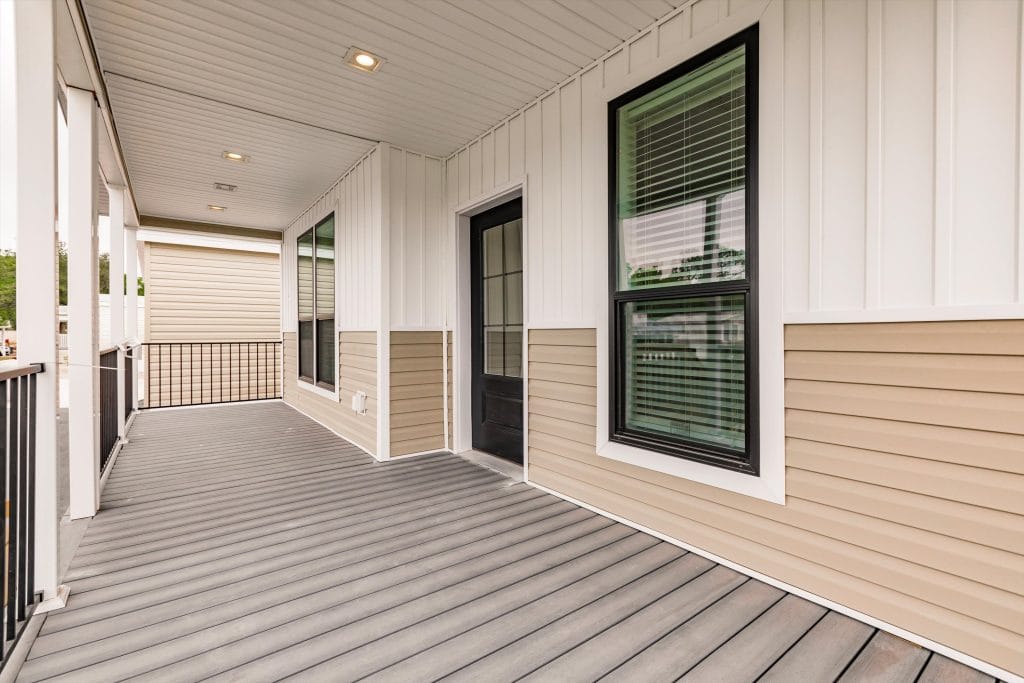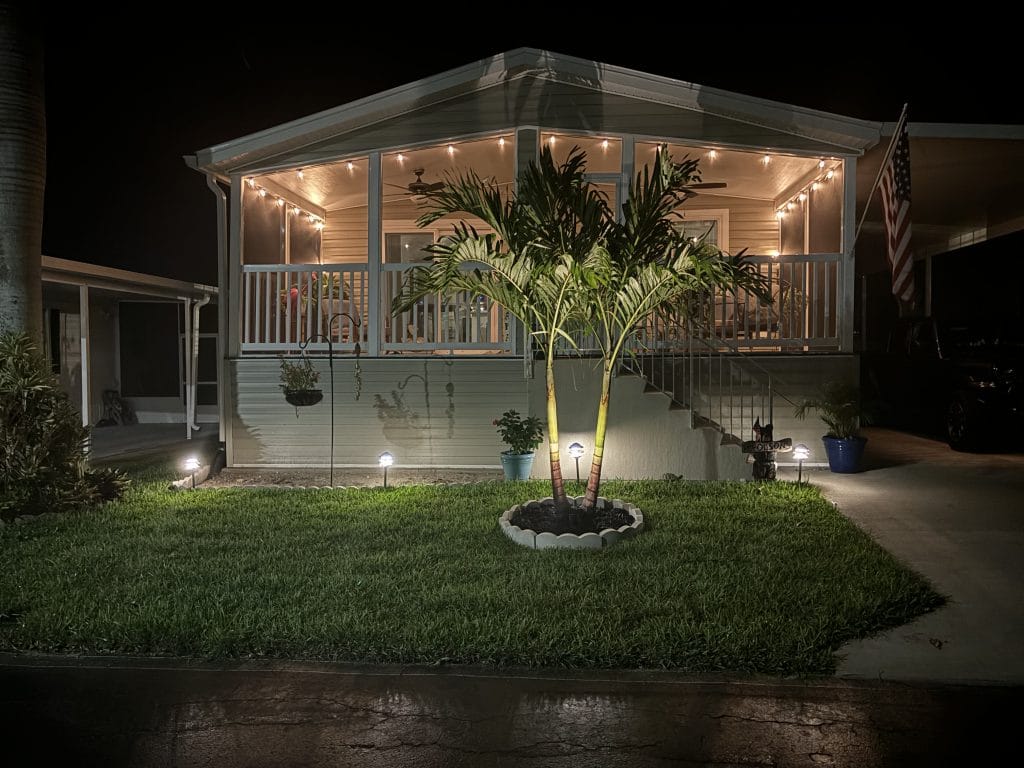
Understanding Manufactured Home Land Packages
Manufactured home land packages have become a popular choice for buyers who want a simple, streamlined way to purchase both a home and the property it sits on. These packages combine a manufactured home with a parcel of land to create a single, coordinated purchase. For many buyers, manufactured home land packages offer convenience, cost savings, and long-term stability compared to buying a home and land separately. As the manufactured housing market continues to grow, more buyers are looking for guidance on how these packages work, what advantages they offer, and how to evaluate whether they are the right fit.
Benefits of Buying a Land-Home Package
Purchasing a land-home package provides a wide range of benefits that go beyond convenience. Buyers often appreciate that the home and land are tied together from the start, making the entire ownership experience more cohesive. Many lenders prefer this structure because the home becomes real property rather than personal property, which opens the door to a wider range of mortgage options. Land-home packages also simplify the process of preparing the property for the new home. Instead of coordinating multiple contractors, a single provider can manage site development, foundation placement, utility hookups, and permitting. This reduces stress while ensuring the home is installed correctly and meets local requirements. Additionally, owning both the land and the home builds long-term equity. Instead of making monthly payments for a leased lot, buyers invest in an asset that grows over time. This stability appeals to homeowners who want full control over their homesite, the ability to customize their outdoor space, and the comfort of long-term financial security.
How Land Packages Simplify the Setup Process
One of the biggest advantages of a land-home package is how much it simplifies the setup and installation process. When a buyer purchases a manufactured home to place on land they already own, they typically need to handle site preparation themselves or hire separate contractors to manage it. This might include grading, foundation construction, driveway installation, utility work, and ensuring the site complies with local building regulations. A land-home package eliminates the need to coordinate all of these steps individually. The provider manages the entire process from the moment the land is selected. This includes surveying the property, preparing the site, constructing the foundation, installing required infrastructure, and coordinating inspections with local authorities. Because everything is handled by one source, there is better consistency in workmanship and fewer delays caused by miscommunication between contractors. Homeowners can also trust that the installation meets state and local codes, which is essential for safety and long-term durability. With a land-home package, the buyer enjoys a turnkey experience that makes move-in day faster and much less stressful.
Are Land Packages More Cost-Effective?
Many buyers find that land-home packages are more cost-effective than buying a home and land separately. There are several reasons for this. First, combining the land and the home into one mortgage often results in lower monthly payments than financing them individually. Mortgage loans generally have better interest rates and terms than the chattel loans commonly used for manufactured homes placed on leased land. This can lead to substantial savings over the life of the loan. Second, site preparation costs are often lower when included in a package. Providers who specialize in land-home packages typically have established relationships with contractors and can negotiate better pricing for grading, utility installation, and foundation work. These savings get passed on to the buyer. Third, ownership of both the land and the home enhances long-term equity and resale value. A manufactured home placed on owned land generally appreciates more than one on rented land. This makes a land-home package a smart financial choice for homeowners who want to invest in a long-term residence or plan to resell in the future. Combined, these factors help explain why many buyers view land-home packages as a more cost-effective path to homeownership.
Financing Options for Manufactured Home Land Packages
Financing a land-home package is often easier and more flexible than financing a manufactured home alone. When the land and home are purchased together, the home is classified as real property, which opens the door to traditional mortgage products. Buyers may qualify for FHA loans, VA loans, USDA loans, or conventional mortgages depending on their situation. These loan options tend to offer lower down payments, better interest rates, and longer repayment terms. FHA loans, for example, allow buyers to put down as little as 3.5 percent while enjoying competitive interest rates. VA loans may offer zero down payment for qualified veterans, making them an excellent option for military families. USDA loans provide favorable terms for properties located in eligible rural areas and may also allow zero down payment. Conventional loans are available as well and may be appealing for buyers with strong credit who prefer flexibility in their financing structure. Because the home and land are financed together, buyers avoid the need for dual loans or higher-interest chattel loans. This unified structure simplifies budgeting and improves affordability. Before choosing a loan program, buyers should consider factors like down payment requirements, property eligibility guidelines, and long-term financial goals. Working with a knowledgeable manufactured home specialist can help buyers compare loan options and identify the most cost-effective path to ownership.
What to Check Before Purchasing Land for a Manufactured Home
Before investing in a land-home package, it is important to evaluate the land itself to ensure it is suitable for a manufactured home. Buyers should start by reviewing zoning regulations to confirm that manufactured homes are allowed in the area. Some neighborhoods have restrictions that limit the type, size, or age of homes that can be placed on the property. Next, buyers should consider access to utilities. If the land is not already equipped with water, sewer, electricity, or internet services, installation will be needed. A land-home package provider can help coordinate these steps, but it is important to understand upfront what will be required and whether the site presents unique challenges. Drainage and soil conditions also matter. A site may require additional grading or engineering to support a solid foundation. Flood zone designation is another key factor, especially in regions prone to heavy rain or hurricanes. Buyers should confirm that the land can safely support the type of home they plan to install. Finally, it is wise to consider the long-term goals for the property. Some buyers want space for a garage, a porch, a workshop, or landscaping features. Evaluating the land early helps ensure it can accommodate future additions and create a comfortable, enjoyable living environment.
Contact Us Today
If you are considering a manufactured home in Southwest Florida, LeeCorp Homes is ready to help. A family-owned business founded in 1983, we are committed to quality craftsmanship and ensuring you get a home you can be proud of. No matter your lifestyle, we can create a home that is right for you, whether you are thinking of a simple single-wide hideaway, a waterfront stilt home, or a three-bedroom home designed to welcome friends and family. We are ready to make your plans a reality. As specialists in manufactured homes, we know how to help you get the most from your home, from ensuring it meets local zoning and building requirements to strategic siting that takes full advantage of waterfront or golf course views to ADA compliance if you want extra peace of mind. If you want to install a home on your own property, we provide full site development services, including grading, well installation, and septic system installation. We also offer state-of-the-art replacement homes if you are ready to upgrade from an existing manufactured home. Our goal is to make the homebuilding process simple for you by taking care of everything. We oversee every step of construction to ensure everything is perfect for you. We offer simple and transparent pricing, and our services include landscaping installation, carports or garages, sunrooms, and storage sheds. If you are ready to explore your options or begin planning your new home, contact us today.
